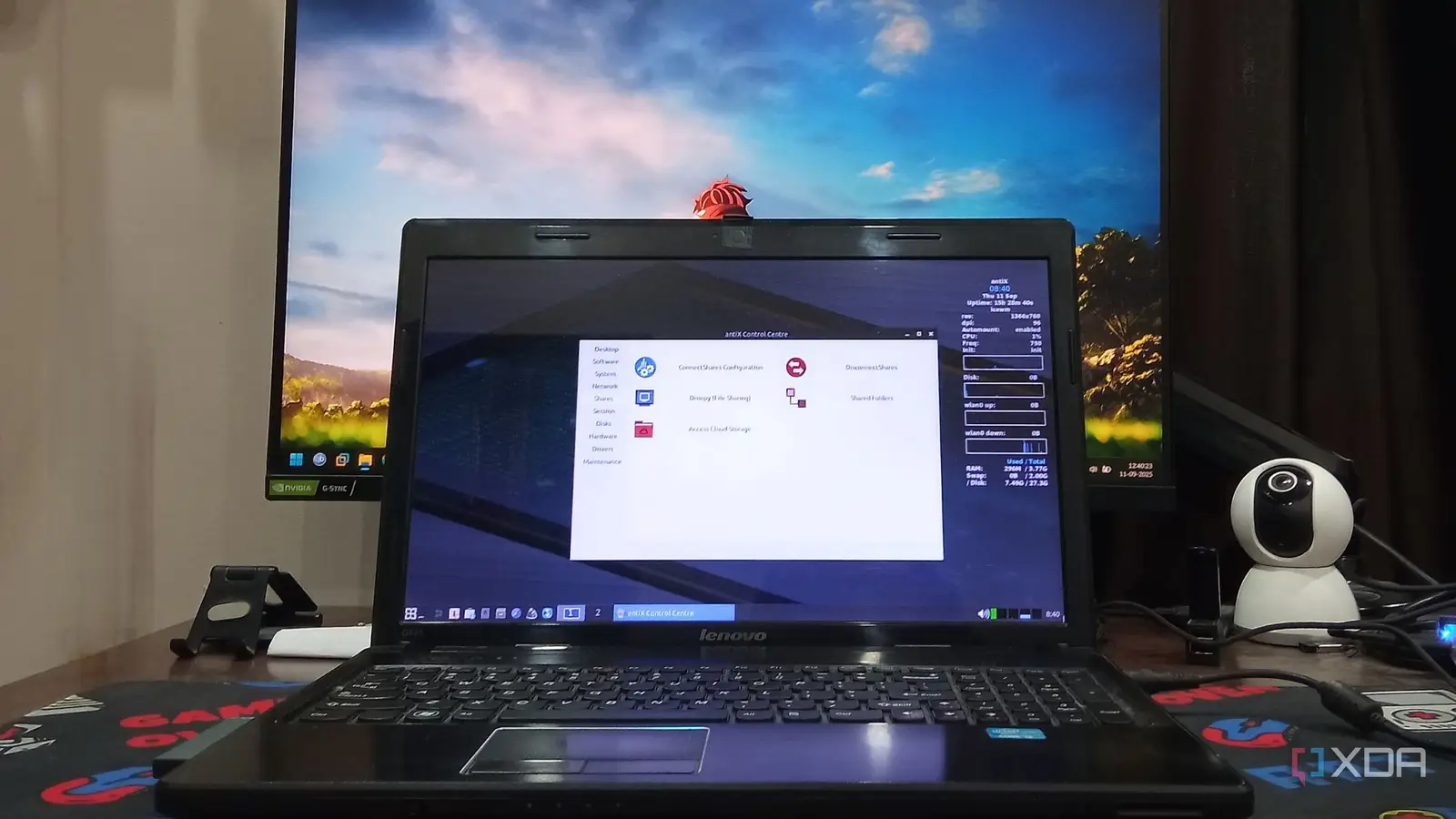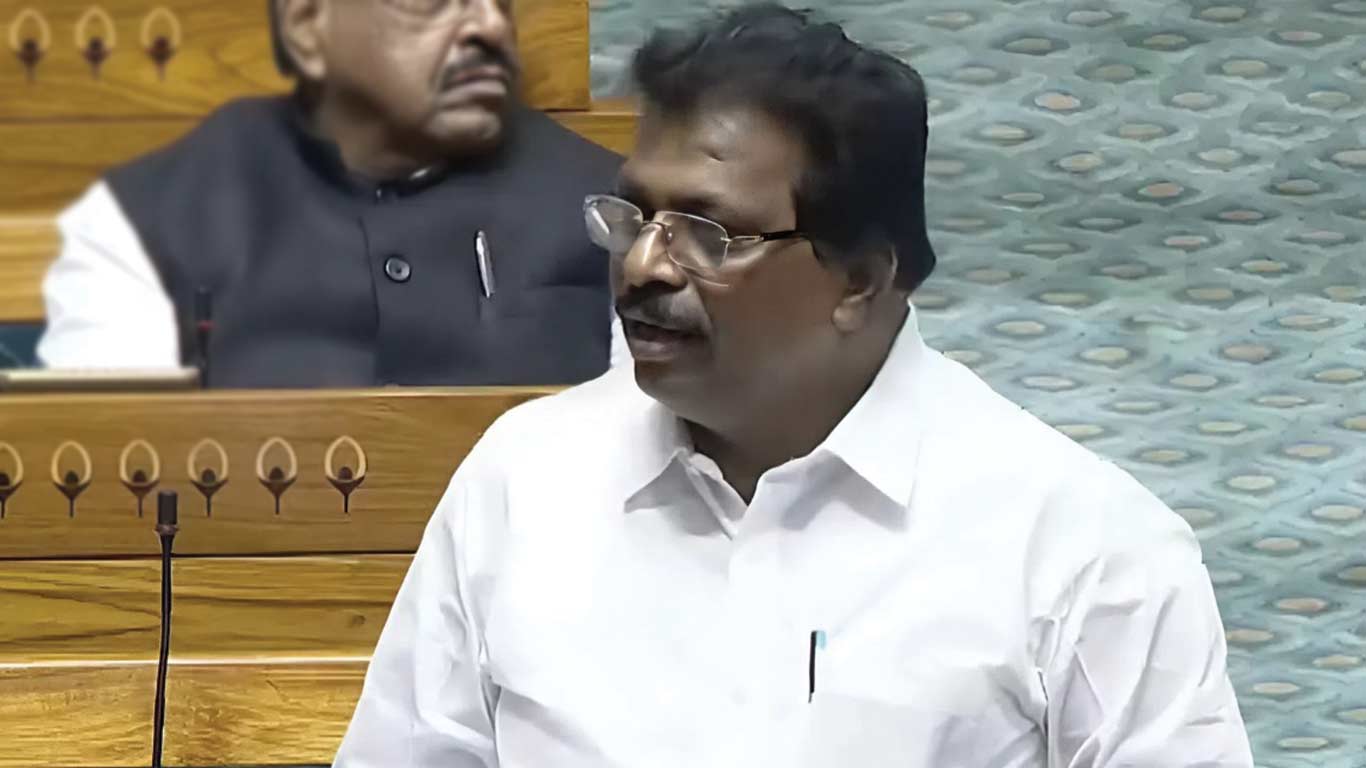
COLUMBUS, Ohio — Gov. Mike DeWine implored trustees of the state’s colleges and universities Thursday to recruit in-state and out-of-state high schoolers to their schools – from making sure campus tours are pleasant, to ensuring all students have work opportunities in their fields of study.
“We’ve got to keep more talent in the state of Ohio,” he said during a trustees conference hosted by the Ohio Department of Higher Education at Columbus State Community College. “We’ve got to keep more of our students, young people graduating from high school, going to school in Ohio.”
Students who graduate from colleges in Ohio tend to stay in the state for work and to build their lives, DeWine noted.
DeWine’s emphasis on recruiting students to Ohio colleges is a nod to the state’s projected demographic crisis.
“Frankly, people are having fewer children,” he said. “We get smaller graduating classes from high school. That’s just a fact.”
According to the Ohio Department of Development, Ohio is projected to lose 5.7% of its population between 2020 and 2050, or 675,000 people. During that same period, the U.S. population is projected to increase by 17.3%.
Ohio is currently the country’s seventh-largest state. But Georgia and North Carolina are expected to surpass Ohio in total population, which will make Ohio the ninth-largest by 2030 or shortly thereafter.
Ohio residents are older and the state’s fertility rate has fallen. More people are dying than being born. Fewer out-of-state residents are moving into the state, the Department of Development said.
Ohio is a net importer of college students, thanks to its public and private schools.
While about 15,000 Ohio high school graduates leave the state, 23,000 students move to Ohio for college, DeWine said, emphasizing his Governor’s Merit Scholarship, which offers the top 5% of high school graduates $5,000 a year to attend an Ohio public or private college.
DeWine and college trustees aren’t the only ones thinking about demographic changes in the state.
Vivek Ramaswamy, the GOP candidate for governor in 2026, has talked about the projected population declines. He wants to implement programs that create incentives for young people to remain in the state or migrate to it.
“We’ll be 15 million and growing by the time I’m done as governor,” he said at an Ohio Chamber forum at Wright State University in late August, according to reporting by the Dayton Daily News.
Also on Thursday, DeWine told trustees he appointed each of them to their positions because he believed they had experience and leadership skills that could make their colleges stronger.
He told them to think about students’ use of cell phones in class.
In the recently passed state budget that he signed in late June, lawmakers gave each school district until Jan. 1, 2026, to adopt policies that generally prohibit cell phone usage during class time.
“We banned them in K-12. I suggest we ban them in your classrooms,” DeWine said to the applause of the trustees.
Stories by Laura Hancock
Report cards: Ohio student math scores recovering from COVID-19, reading dips Sep. 17, 2025, 12:30p.m.
‘Science of reading,’ in early stages, may be blunting top districts: Capitol LetterSep. 16, 2025, 8:00a.m.
Early into ‘science of reading’ transition, how are Ohio schools adapting?Sep. 15, 2025, 2:57p.m.
Cleveland schools drop to 2.5 stars in 2025 state report cardSep. 15, 2025, 10:47a.m.
Later, when talking with reporters, DeWine said he didn’t want to implement a statewide college cell phone ban, allowing each college independence in how they are governed. But evidence shows the devices are distracting. Students who use phones to take notes don’t retain the lecture as well as students who take notes themselves, he said.
DeWine also touched on free speech, noting the shooting death of Turning Point USA founder Charlie Kirk on Sept. 10 at Utah Valley University.
“Universities create an environment on campus that respects ideas,” he said. “A lot of this is respect. We want to agree with people but you might have a student you disagree with, you might disagree with one of your fellow students, but that’s kind of what college is all about, exploring and getting different ideas. Where we get into trouble really is when some people define this as meaning we’re not going to let somebody else speak.”



